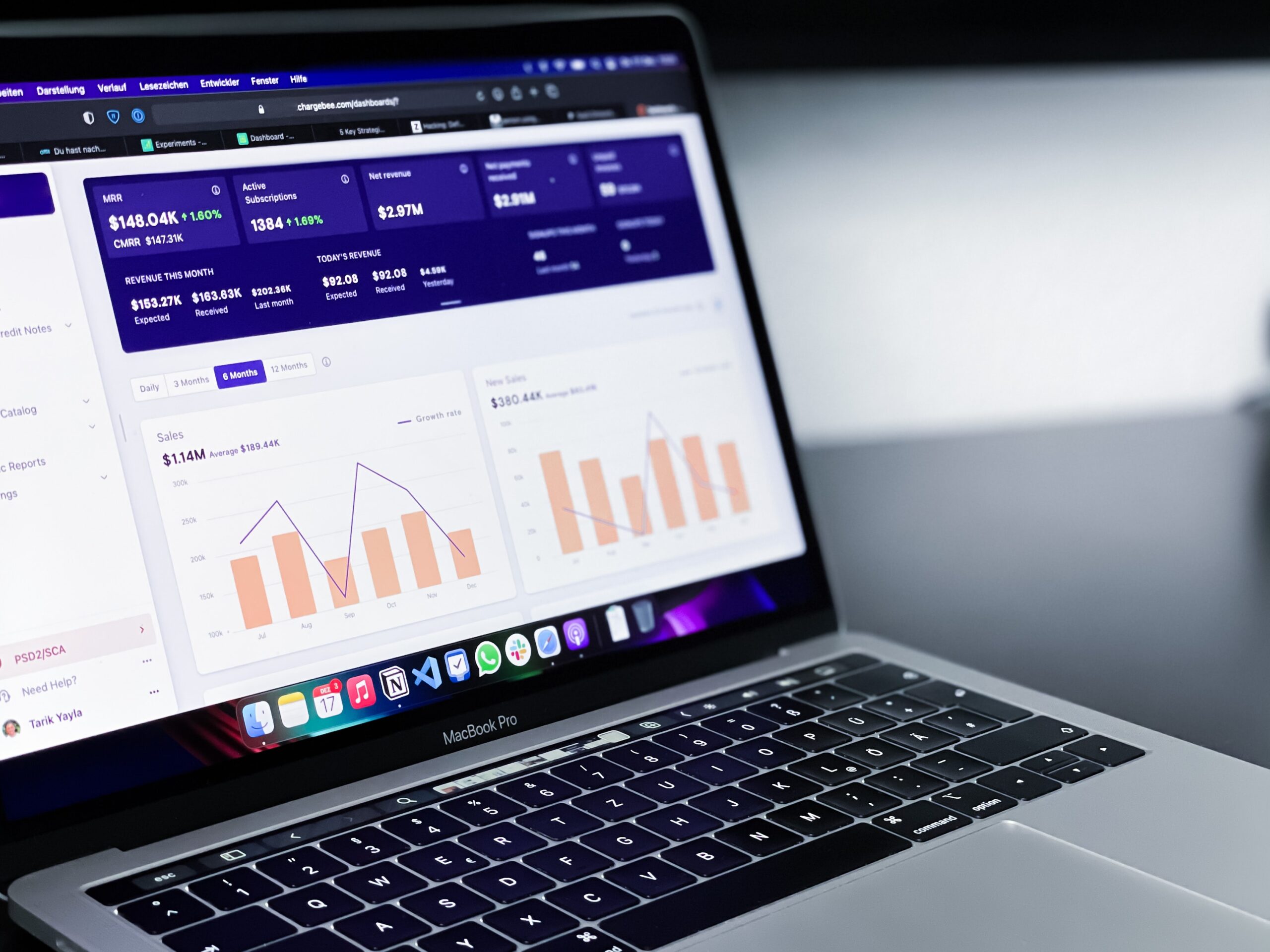Data that alerts the public to potential epidemics and pandemics, impacts morbidity and mortality rates, influences research and preventative healthcare measures demands your attention. You need to know how that insight will affect your cost of labor, supplies and materials, and your ability to provide valuable healthcare services. More important, you have to evaluate the data within your own organization to sidestep waste, abuse, and fraud.
Here’s your first lesson in cultivating lean business practices: implement analytics and automation. Healthcare analytics enables efficiency and effectiveness, concepts that will never get old in the healthcare industry. Standardizing the interchange of electronic data, for example, remains the goal of the Health Insurance Portability and Accountability Act (HIPAA) in addition to ensuring privacy and security rules.
In HIPAA, you literally have a precedent for conducting streamlined healthcare business. If your organization isn’t performing up to this level, then you should analyze your financial data and related processes. Having a cutting-edge analytics tool, allows you to gather data from your organization, review it for unproductive patterns, and improve your day-to-day practices until you can consistently replicate productivity.

Evaluate Your Processes and Automate Efficiency
Depend on Revenue Cycle Management (RCM) providers to supply you with this technology. For the challenges you’re facing right now, they’ve curated resources and services to solve them accordingly. They’ve built tools with algorithmic capabilities, ones that can create the formula you need to systemize your operations.
First, you’ll use the analytics tool to expose everything you need to know about your financial health. You’ll facilitate that process by allowing your RCM provider to gather your data into relevant groups for analysis and evaluation. Together, you’ll compare and assess your budget, expenses, gains, or losses, among other information related to your finances.
In reviewing the various aspects of your operations: labor, medical supplies, maintenance, healthcare procedures, and so on, you’re claim data may stand as the most significant part of your analysis. The electronic healthcare information you collect while serving patients, the data that creates a medical claim, could hold the key to enabling automation.
Because each medical claim contains the who, what, where, and when of your healthcare services, it can help you identify which of your processes remain ineffective. The claim status reports you receive throughout your electronic business to business (B2B) exchanges alert you to any data and/or formatting issues that do not comply with HIPAA or specific insurance payer standards. Altogether, the analytics tool will make sense of your claim status reports, breaking down the rate and details of your acceptances, rejections, and denials.

Put an End to Ineffective Operations
Based on that break down, you can put an end to practices that don’t enhance your payment cycle. To achieve your revenue cycle management goals, you’ll have to pass HIPAA and payer standards on the first try. In other words, when you submit electronic health care claim data, electronic data interchange (EDI) transactions, you’ll want to ensure reimbursement from the first submission to the payer, if possible.
So, pivot and make process improvements, promptly. If your claim status reveals that your health care data frequently contains missing or invalid provider or patient information, then you may need to fix your data entry, eligibility, and/or credentialing processes. If you’re consistently notified that you’re procedure and/or diagnosis codes are invalid, then you’ve got to improve your billing and coding methods.
By using the analytics tool, you’ll design your formula for success. That problem solver, an algorithm, initiates automation. As that computer process learns more and more from the analytics it produces, you’ll gain back control of your business and keep benefitting from a continuous cycle of growth.
Do whatever it takes to leverage the insight you’ll receive from your analytics. That freedom could even result in outsourcing some of the work that’s falling short. Implementing scalable services could mean even more efficiency for your business.

Implement Web Based and Mobile Transparency With HRC
You can gain access to effective analytics and automation today. Implementing this technology through an RCM provider like HealthRecon Connect (HRC), stands as an easy and simple process. You don’t have to install software, but you can view this web-based and customizable tool from any of your mobile devices.
This solution means web-based and mobile transparency into your finances and operations. So, you can secure an on-site, remote, or hybrid team of clinical and non-clinical workers, including front office employees and sales groups, to work with HRC to take advantage of this technology and institute streamlined business practices.
Moreover, the tool boasts deep options for various kinds of healthcare businesses like yours: including specialized dashboards for hospitals, physicians, labs, imaging centers, and other providers. This analytics resource is HIPAA compliant, cloud based, and fully integrated with real-time capabilities.
Therefore, you can monitor productivity for your overall business or to oversee departments and staff. You can modify the filters according to your needs, including payer, time period, and CPT coding options, among others. And you could export this information, to excel or pdf formats, in just one click.
Analytics and automation could lead you to quality patient outcomes, an efficient payment cycle, and longevity in the healthcare industry. Though the world keeps shifting, you don’t have to lose traction. Don’t waste any more time wondering what to do next. Reach out to HealthRecon to help you right what’s not working well within your organization.
Deriise Dowell is an Atlanta based healthcare IT copywriter and advocate of efficient billing services, having served, empathetically, as an Enrollment Specialist and Technical Analyst for 11 years.
References
- HIPAA For Professionals. (2021, May 7). U.S. Department of Health and Human Services. https://www.hhs.gov/hipaa/for-professionals /index.html



